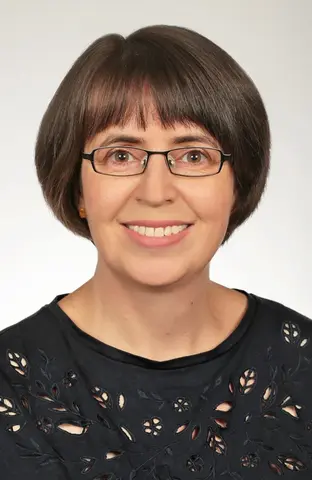Marlis Arnhold
marlis.arnhold@uni-erfurt.deFellow (Max Weber Centre for Advanced Cultural and Social Studies)
Office hours
nach Vereinbarung
Visiting address
Max-Weber-Kolleg für kultur- und sozialwissenschaftliche Studien
Campus
Nordhäuser Str. 63
99089 Erfurt
Mailing address
Universität Erfurt
Max-Weber-Kolleg für kultur- und sozialwissenschaftliche Studien
Postfach 90 02 21
99105 Erfurt

Personal Information
- since 10/2021: six-months fellowship at the KFG “Religion and Urbanity: Reciprocal Formations”, Max-Weber-Center, University of Erfurt
- since 2019: independent scholar associated with the University of Bonn, Dept. of Classical Archaeology
- 2013-2019: Akademische Rätin (fixed-term), University of Bonn, Dept. of Classical Archaeology
- 2012-2013: member of the ERC-Project “Lived Ancient Religion: Questioning ‘Cults’ and ‘Polis Religion’”, Max-Weber-Center, University of Erfurt
- 2013: doctorate degree, dissertation: “Transformationen stadtrömischer Heiligtümer während der späten Republik und Kaiserzeit”, Max-Weber-Center, University of Erfurt
- 2008-2011: member of the KFG “Religious Individualization in Historical Perspective”, Max-Weber-Center, University of Erfurt
- university studies at Leipzig and Cologne: Classical Archaeology, Ancient History and Prehistoric Archaeology
Publications
Research Focus
- works on urban space, action, and sanctuaries of the Rome and Ostia: one monograph, various essays and lectures at international conferences
- images and perception in the Roman world: essays and lectures
- death and burial: lectures and ongoing research for a second monograph on Macedonia/Northern Greece
Research Project
“Death and the Dead in the City - A Case Study on Roman and Late Antique Athens”
Focusing on Roman and Late Antique Athens (1st c. BCE - 7th c. CE) this project analyses the mutual transformations of urban and burial space. It combines the analysis of archaeological, epigraphic and literary evidence in a wide-ranging investigation of urban social and religious dynamics and their effects. The period in question is particularly interesting as the city underwent various processes of urbanisation (2nd c. CE) and de-urbanisation (late 3rd c. CE). In Roman times, Athens was passed through by myriads of worshippers of Demeter and Kore on their way to nearby Eleusis in quest for a better fate after death. The Sacred Way hence formed a prominent burial location. However, many indicators of transformations that affected the cemeteries throughout time and space can be found: i.e. the creation of the Hadrianic ‚new town’, the construction of the Panathenaic Stadium, the emergence of villa complexes in the Imperial period to the east of the city, multiple changes to the city walls, but also the emergence of Christianity and new public spaces within the city in Late Antiquity. It is from the 4th-5th c. CE onwards that we find Christian burials sites in the very centre of the city in context of once grande monuments. All in all, a general connection between the preservation of monuments, their relevance for the collective memory of the city and the existence of the institutions associated with them can be observed.

